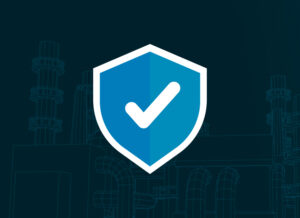
Verticals
Related Articles
-
The Process-Oriented View: CISO Visibility During an OT Attack
Cyber incidents in OT can hide real threats. Learn why falsified controller data blinds operators and CISOs.
From Compliance to Capability: Key Insights from CS5 CMMC Global Conference 2025
Learn more about insights from the CS5 CMMC Global Conference 2025 and the next phase of CMMC implementation, cyber resilience and supply chain security.




